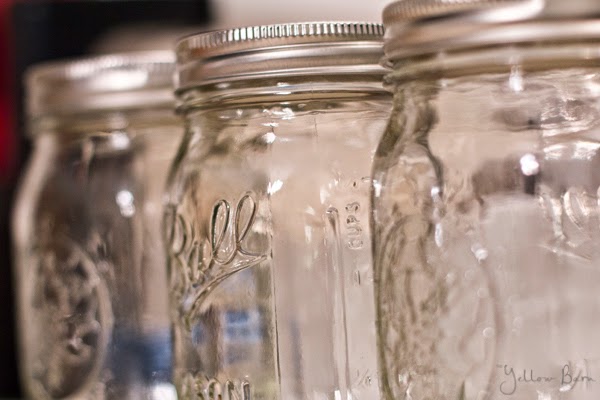Have you seen those huge, 3-foot clocks around town? You know, the distressed, rustic-style, vintage-looking clocks. Well, we (my husband and I) decided instead of spending upwards of $150 on one of those, we would build our own... for $50 tops! This was the first time I ever distressed brand new wood to make it look worn and old. This was the first time my husband ever made something out of wood, this big. And this was the first time a project worked out in general. I am so pleased with it, even if it isn't "perfect". We didn't follow any plans - since it's pretty much a simple circle - we just went for it. Here is the complete list of tools, items, and wood you will need for this project as you see it.
The main tools you will need:
- Hole bit
- Tape measure
- Pencil
- A spare nail (long enough to go through a 2x4" and into another board slightly)
- Sander
- Sand paper
The wood you will need:
- 2 2x4" stud length boards
- 2 2x6" stud length boards
- spare piece of 2x4" at least 18" in length
To finish the clock:
- Clock mechanism (from Hobby Lobby)
- Clock hands (from Hobby Lobby)
- Strongly brewed tea (8 tea bags per 2 cups of water)
- Homemade stain (click here for recipe)
- White primer or paint
- Roman numeral stencil (I made my own out of cardboard)
- Black chalkboard paint
- Paint brush or foam brush
- Stiple brush
- Sand paper
- Steel wool (optional)
- Wire brush (optional)
- Wax (optional)
Yes, there are a bunch of tools you will need to finish this project, but don't worry if you don't have every single piece of equipment - ask a friend, relative, or even at your local lumber & hardware store to see if they can make the cuts for you.
Ok, so for step 1, we cut the boards in half and laid them out in the order we wanted for the clock.
After that, we flipped all the boards over to trace a circle on the backs for a guideline to cut the clock out with. To create the "compass" for the circle, we used a nail, a piece of scrap 2"x 4", and a pencil. In the scrap piece of board [guide board], we drilled a hole at one end big enough for a pencil to fit through, and at the other end, a smaller hole for a nail to fit in. We made sure to find the dead center of the boards, and hammered a nail in that spot. We slid the guide board over the nail and slid the pencil in the hole at the other end. Finally we traced the circle onto the all of the boards, being careful not to shift any of them since they weren't secured together.
Once the circle was traced on the boards, we attached the boards together using the pocket jig. This allows boards to fit together without the sight of nails (except for on the back side). It's an ingenious invention if you haven't seen it yet!
After the holes were drilled and the boards were attached together, we cut the clock out using the jigsaw. (And by we, I mean my husband! :))
Once the clock was actually cut out, the "pocket", for lack of better terms, was chiseled out of the back for the clock mechanism compartment. This is a must, so the clock sits flush on the wall.
Using a "hole bit" to cut out the hole and chiseling out the remainder to make it smooth.
Now it was time for the finishing process. And of course, I had a wedding to go to, so my amazingly-awesome hubby, applied the tea and vinegar-steel wool stain for me. (Just make sure to let each coat dry before applying the next one. He just applied 1 coat of each).
After everything was completely dry... and a few weeks later, since we are really busy right now... I got to finish this piece up. I first applied a white primer that we had leftover in our basement - any white primer or paint will work. I let it dry completely and then distressed it with steel wool, sand paper, and a steel brush.
Finally, I created roman numerals out of cardboard and painted them on the clock. I used black chalkboard paint to insure it was a matte finish. After that dried over night, I, then distressed everything again, and added some matte polyurethane for protection.
Final step: adding the hands!
And here it is, finished and hung on the wall...
{P.S. Don't mind my OITNB on TV. Bonus points if you can tell me what season and episode this scene is from.}





































































